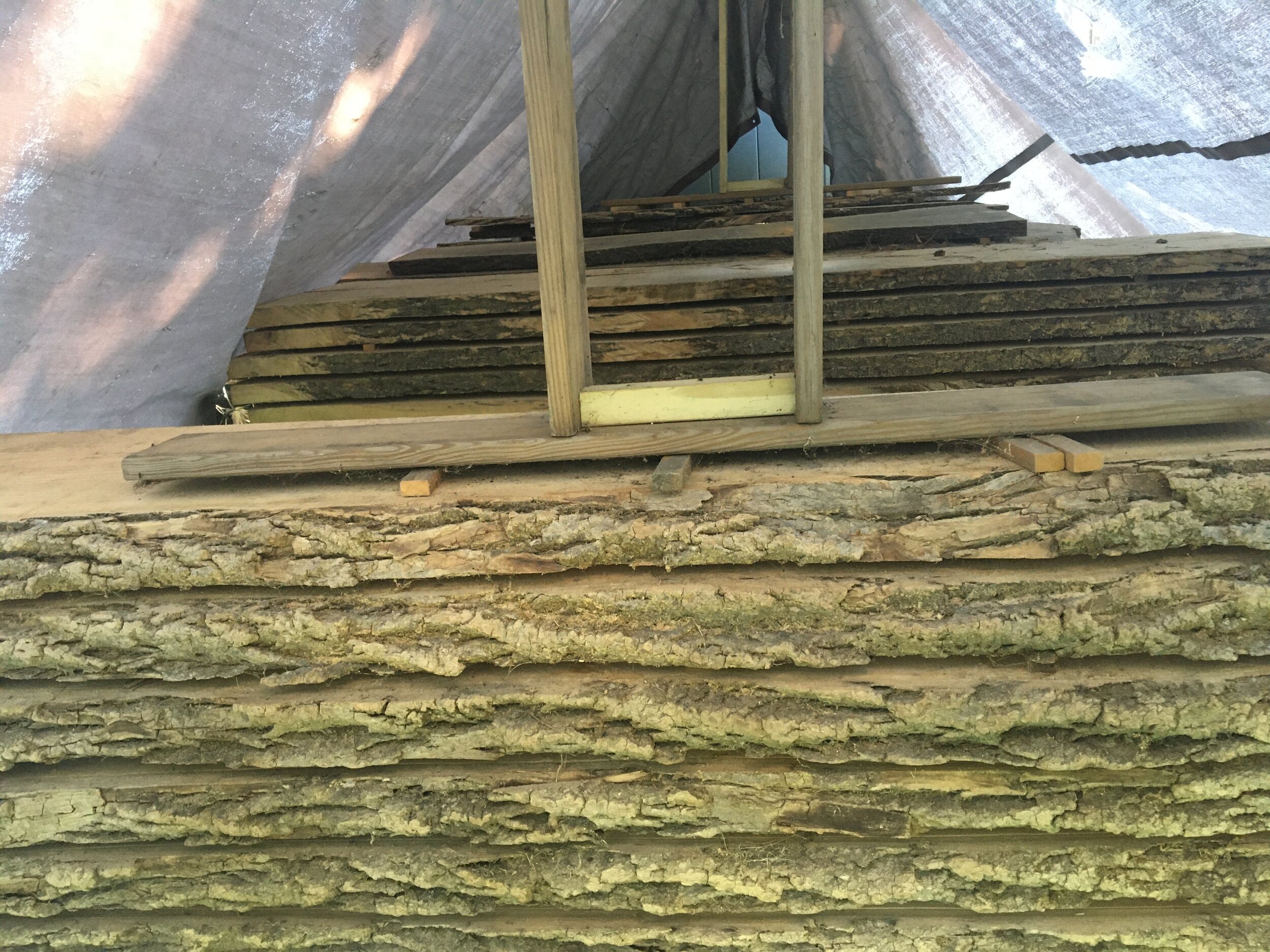Playing the Long Game
If it’s worth it, we’ll wait for it. Black walnut, free from the neighbor’s tree.
I feel like the FI journey is all about playing the long game. We buy, hold, and don’t panic when the ‘rona tanks the market, knowing that our plan was created for the long term. We forgo immediate wants for long term, stable, freedom. And we grind through those mid-journey savings slog years knowing that at the end, we’ll be young enough to enjoy the freedom we prepaid.
When Patchy and I first started kicking around the idea of reaching for FI rather than following the standard advice of save 10-15% of your income, get your company match, work until you’re 65-70, and hope that it all works out, we had to take a long look down the road. What did we want our life to look like when we finally left the W-2 world?
One thing we didn’t want to do was to retire and then have to give up a bunch of stuff we like to do. We did not want to get to the end of our working journey and then suddenly realize that the life we had dreamed of was not financially feasible. Or cut us so closely that the first road bump we hit would cause our budget to go right off the rails. So our first step was to figure out the total amount we needed to save in order to not cut anything that brought joy to our lives.
We did not budget. We tracked our expenses guilt free. If there was a cheaper way to get to the same result, we took it. We traded our own labor to save costs. We put a joy determination on purchases. But we intentionally did not cut the things that make us happy, like making things, and bee stuff, and dogs. We’ve used that initial tracking spreadsheet as our baseline for expenses over the past 4 years and have tried to stay close to or under it every year. That baseline minus the mortgage, extra mortgage payments, and additional savings times 25 plus 10% gave us our “number”. And that’s where we’re headed. Perambulating, rambling, and moseying our way to the long game of FI.
The buzz around The Hive earlier this summer was the buzz of a chainsaw as Patchy plays the long game with some wood. Wood is expensive. Go to a sawmill or a wood shop and it is very easy to drop a couple hundred bucks on a nice piece of walnut. 1. Piece. Of. Walnut. And while oak and maple are cheaper, they’re still not cheap. Making things by hand always has the possibility of being the more expensive way to accomplish a task, even if you don’t take your own labor into account, which somehow we never seem to do.
Trees have a lifespan and most people don’t live in a house long enough to see the full lifecycle of the trees in their yard. We didn’t realize that the majority of the 20 some trees in our yard were reaching the end of theirs. Seriously, I think that when they built the original house here the person decided to build an ash forest. Mother Nature sent a derecho (you’re welcome for the new vocab word) through our neighborhood about 2 months after we bought our property and ripped out 5-6 of them by the root ball. That was yet another chain saw buzz around the hive and also an introduction to how expensive it to have trees and all parts of a tree removed.
Fast forward a couple of years and the rest of the ash trees were starting to die off at the crown and so it was time to bite the bullet and call the tree guy and have them taken down before they hit our house or worse, one of the neighbors’ houses. What we asked them to do though was to take the tops off like they would normally do, but leave us the felled trunks and leave us any large branches. It reduced our costs and started our “free” wood collection. I split the branches and we use that as firewood to keep our heating costs down throughout the winter. And Patchy went to work with the chain saw mill. The mill is an attachment to the chainsaw that allows you to cut fixed width sections of wood.
Ye olde chainsaw mill
Using a piece of a salvaged (free) ladder to get the first level cut
He milled 8 8-10 foot trunk sections into usable planks of wood and set them to dry.
Under the drying tarp
Well you can’t store that much wood without the neighbors noticing and that brings us to this summer. We seriously had another derecho here. Thankfully all of our ailing trees had been removed, but it ripped a major branch off of the neighbor’s black walnut tree. They called Patchy, he drug the branch back to our house, buzzed away with the chainsaw mill, and tada, free wood! The long game part of this effort is that for every inch of depth, the wood requires 1 year to dry. But that just gives us more time to figure out what we’re going to make.
Another neighbor score. Free cherry logs.
That’s the buzz around The Hive. How about you? Do you play the long game with anything in your life?





